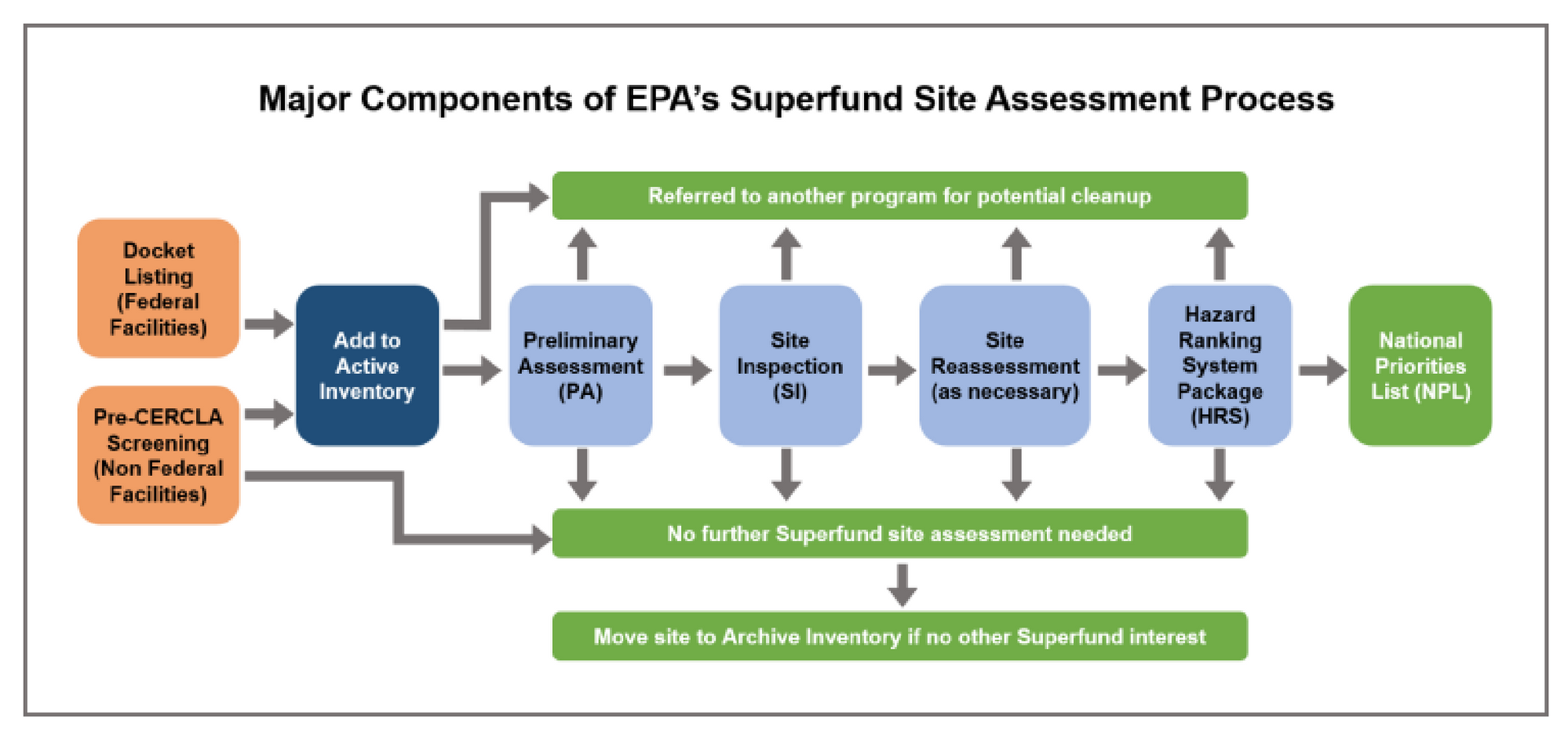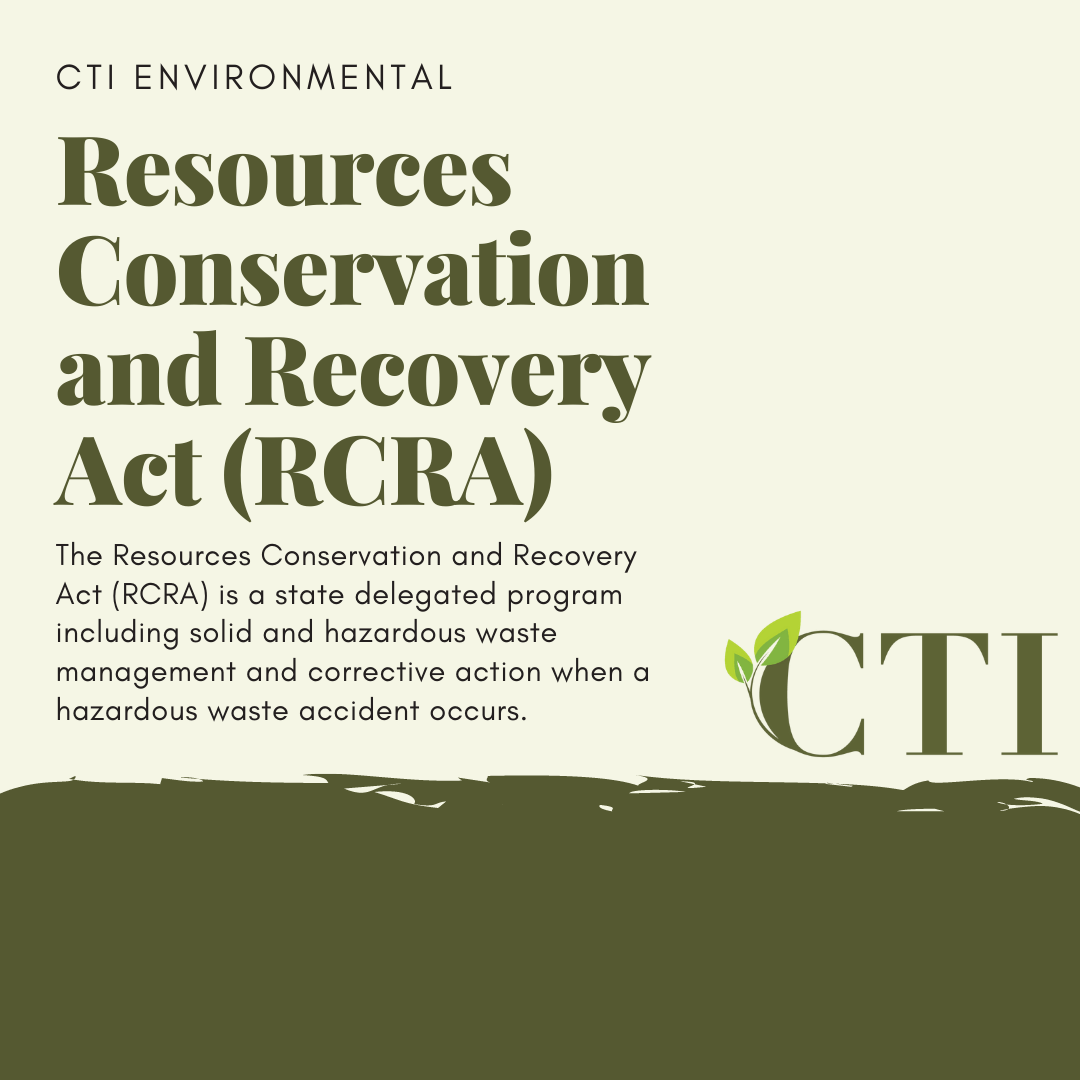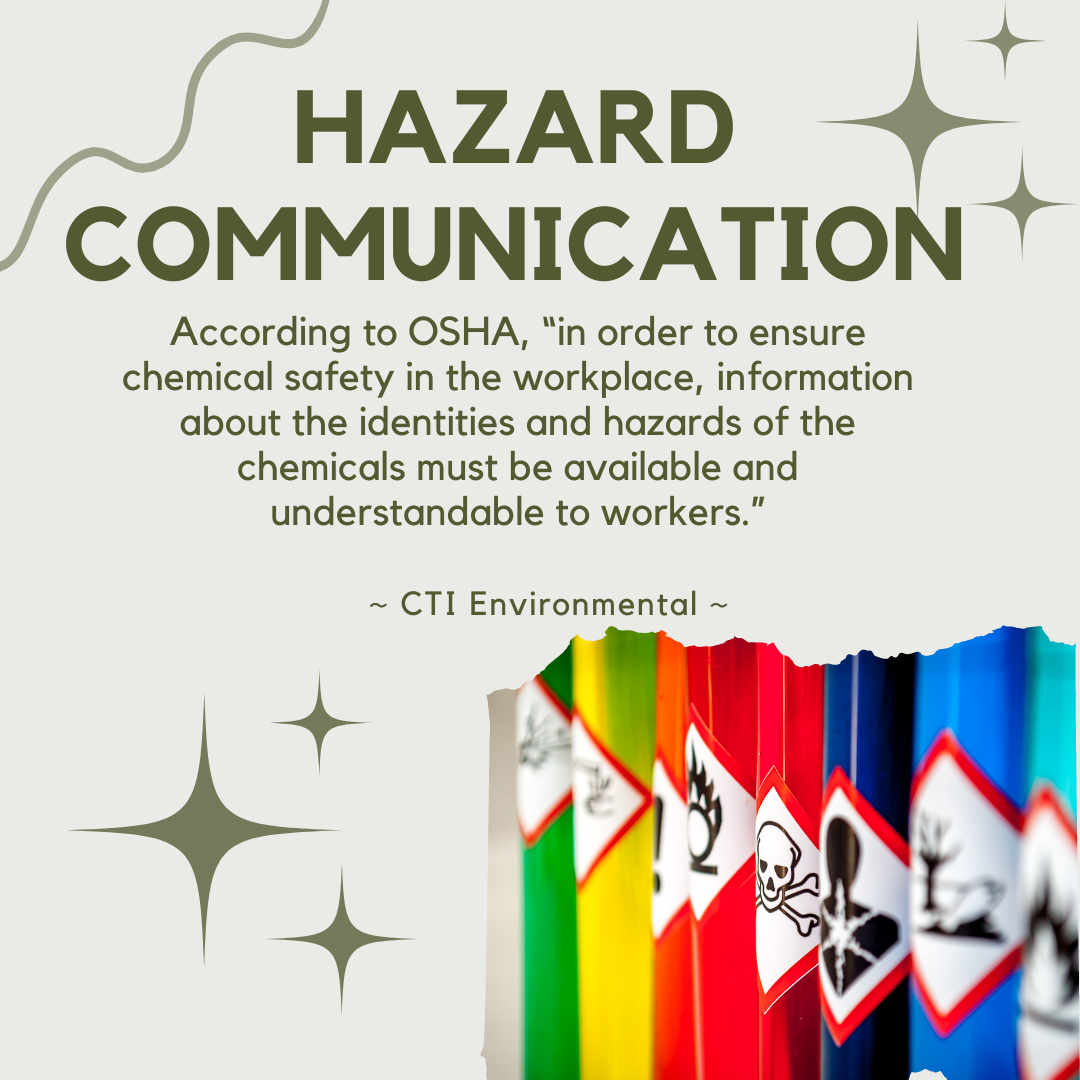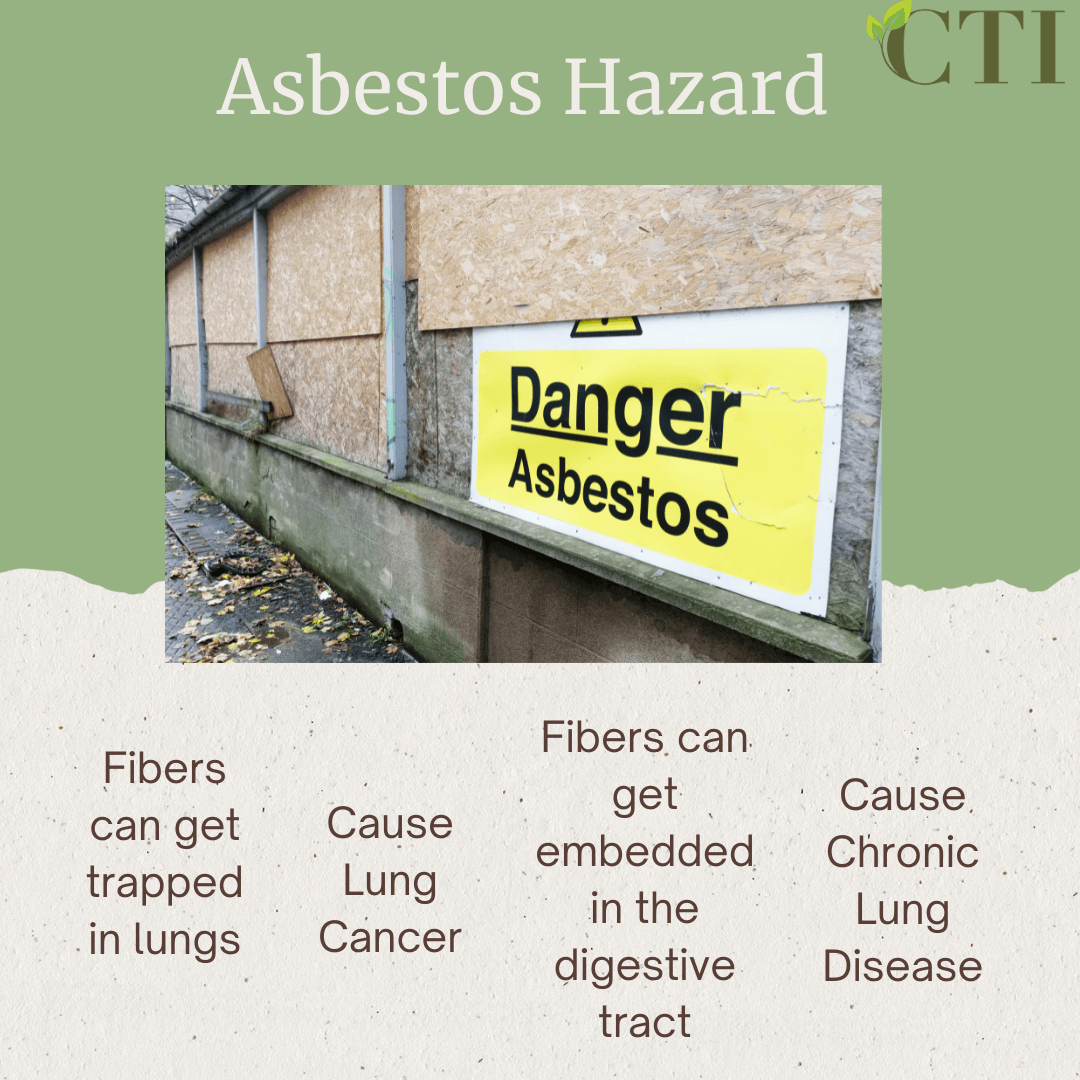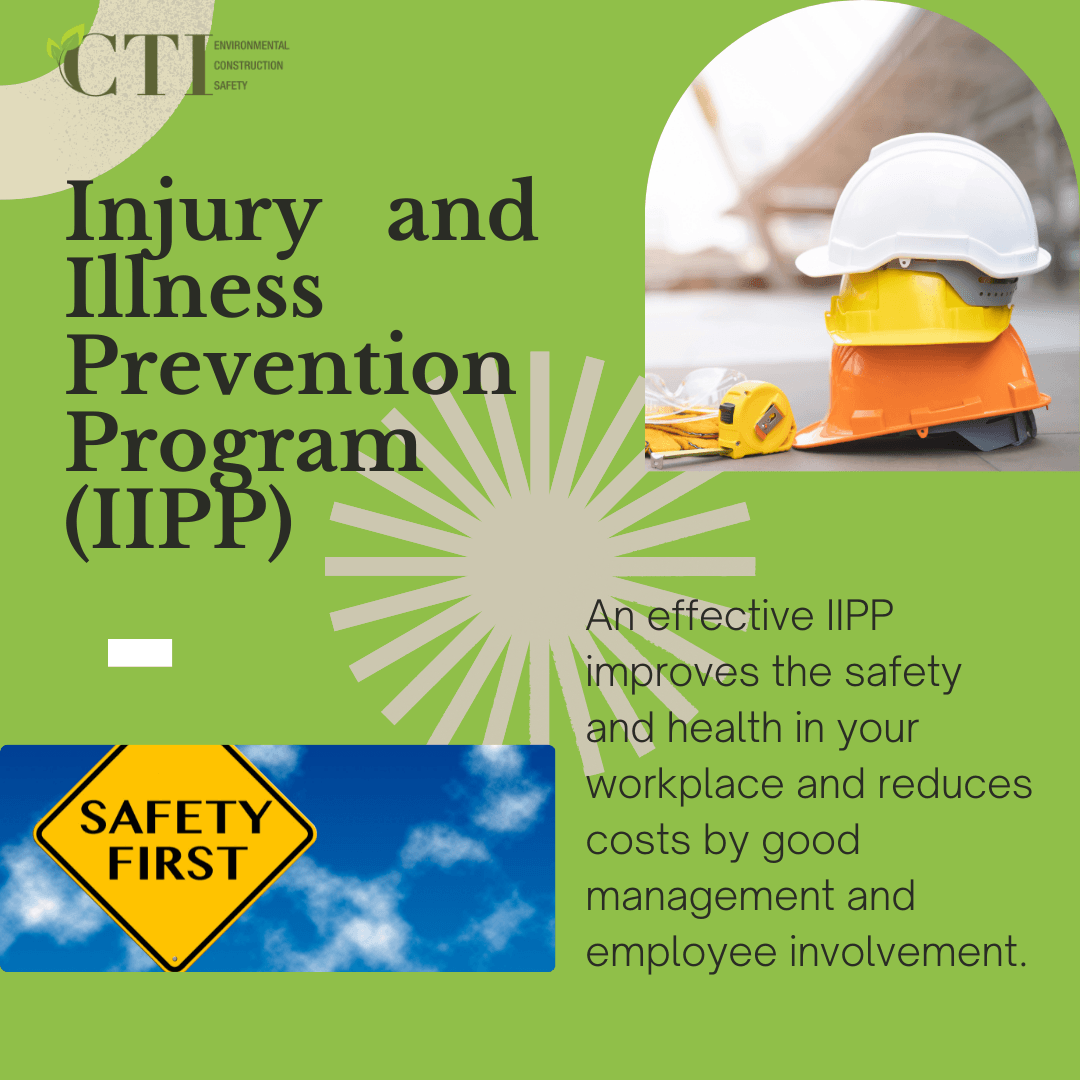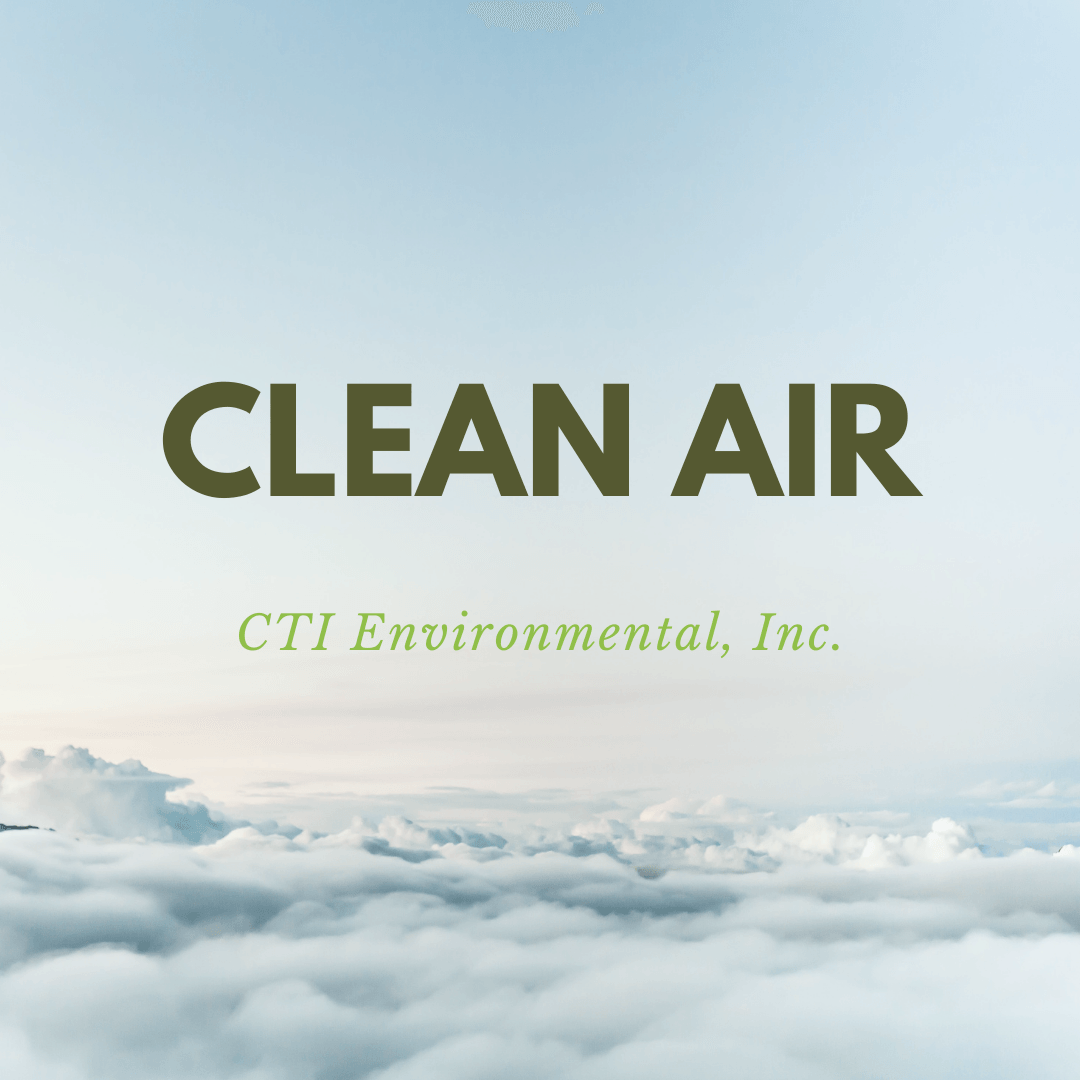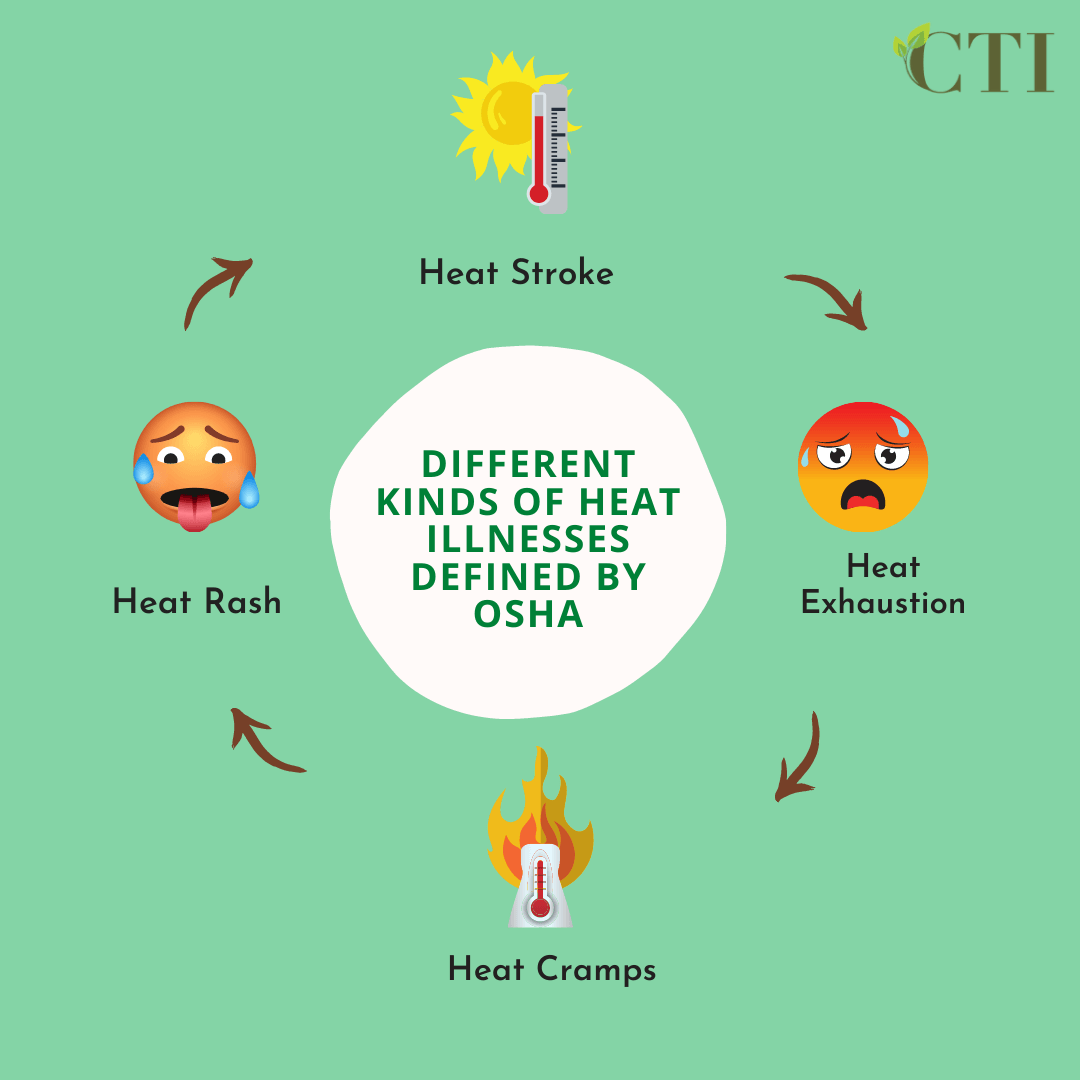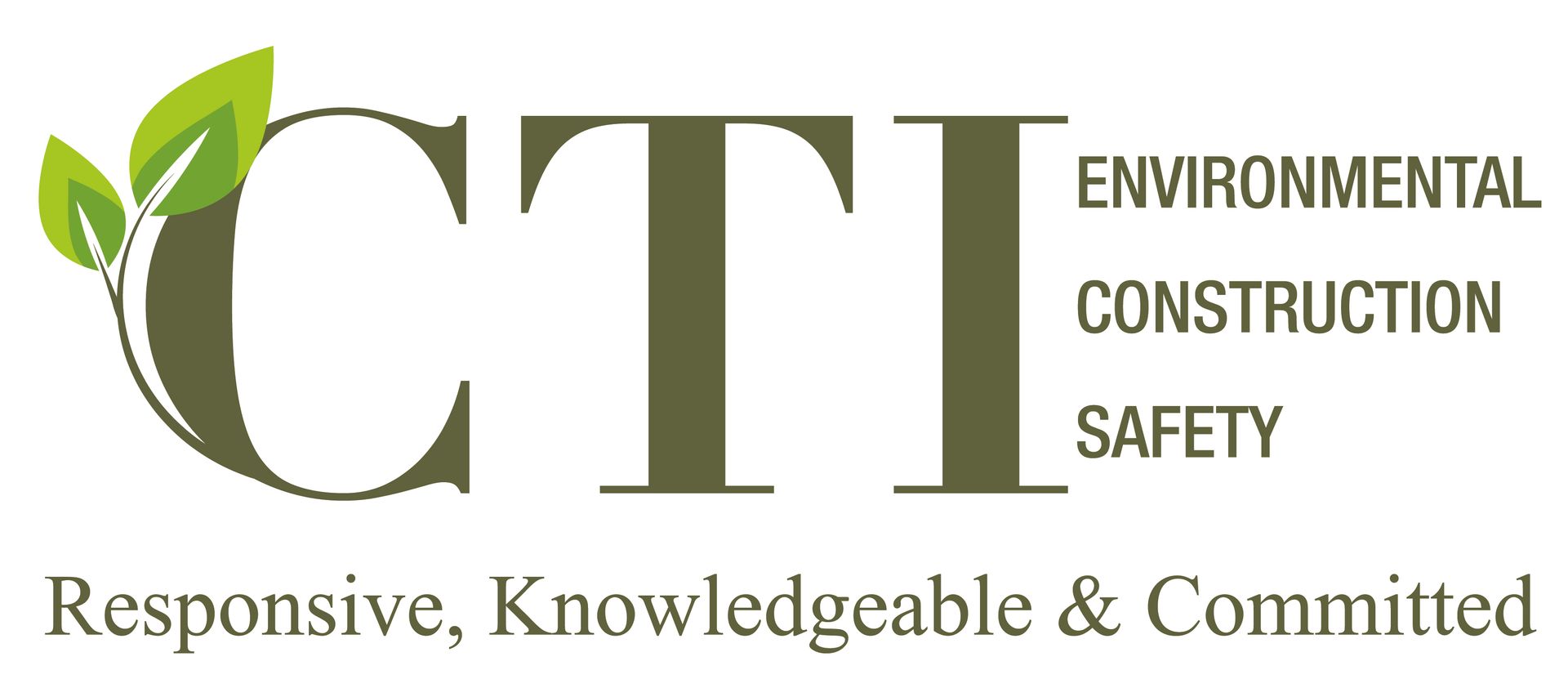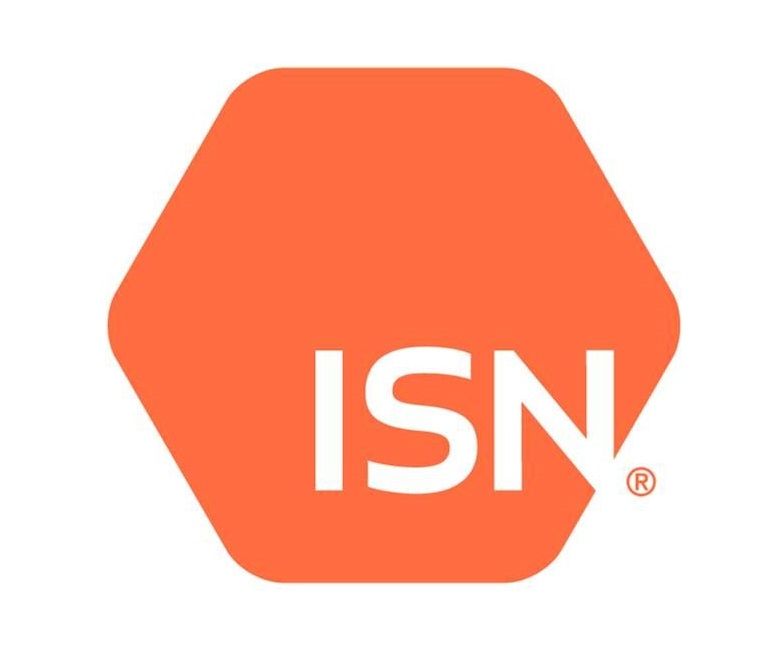Protecting Against the Danger of Heat Illness
The danger is serious and can even result in death

As summer temperatures continue to rise, so does the risk of heat illness to workers. The danger is serious and can even result in death. But, knowledgeable employers can take precautions to prevent heat illness.
T8CCR 3395(b) defines heat illness as “a serious medical condition resulting from the body’s inability to cope with a particular heat load, and includes heat cramps, heat exhaustion, heat syncope, and heat stroke.”
Cal/OSHA’s campaign outlines the employer’s responsibilities: Water. Shade. Rest. Read on to find out how the provisions of four required steps prevent heat illness.
1. Training
All employees and supervisors should be trained to prevent and recognize the symptoms of heat illness. Training should clearly outline the health effects of heat, prevention methods, and proper response to the symptoms of heat illness. Employers should designate specific employees on each worksite to call for emergency medical services, if necessary.
Employers may also pair up employees using the buddy system if there are too many employees to allow for direct supervisory observation. The employer has the responsibility to train employees to observe their buddy during the workday, stay in contact with their supervisor, and immediately report symptoms of heat illness. Employees working alone must be contacted frequently throughout the day by a supervisor to monitor their safety.
2. Water
Cool drinking water must be accessible and available for all employees. Employers should encourage workers to frequently drink 8 ounces of water every fifteen minutes or up to 4 cups per hour. Workers may forget or be unaware of the need to drink water so often, but they will need to rehydrate since they will sweat more than usual in a hot work environment.
Encouraging workers to drink water includes making the water easily accessible within a short distance. This allows workers to drink water without interrupting their work to travel far for a drink of water. Employers are responsible to provide enough cool water for each employee, free of charge.
3. Shade
To beat the heat, workers will need fully shaded or air condition areas to be made available so they can cool down and rest. Shaded areas should be large enough to accommodate employees during rest periods, be located as closely as possible to work areas, and allow employees on rest periods to be monitored for signs of heat illness. Employers should encourage employees to rest and cool down to prevent overheating, before they feel sick. These breaks should last at least five minutes.
4. Planning
T8CCCR 3203 of the California Code of Regulations requires employers to develop and have an Injury and Illness Prevention Program (IIPP) in place. The IIPP identifies hazards in the workplace and implements a plan to prevent them. The program can also effectively reduce costs to employers through management leadership and employee compliance training.
Heat illness is a serious health risk, but it is preventable. Cal/OSHA has provided resources to help employers defend their employees against heat-related illnesses. Remember: Precautions are the best safeguard against heat illness.
Sources:
http://www.dir.ca.gov/title8/3203.html
http://www.dir.ca.gov/DOSH/HeatIllnessInfo.html
https://www.dir.ca.gov/dosh/etools/08-006/WhatIs.htm
http://www.dir.ca.gov/DOSH/HeatIllnessInfo.html
